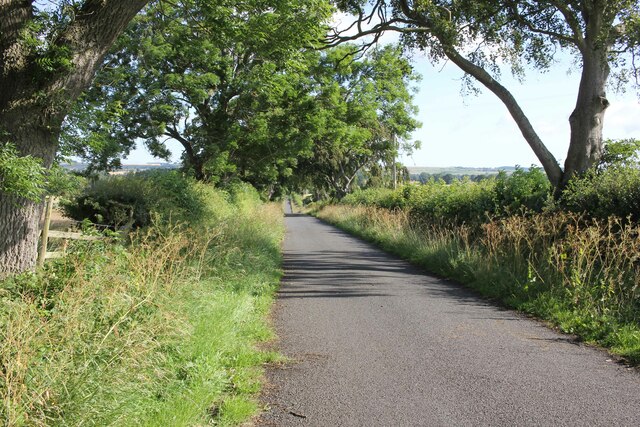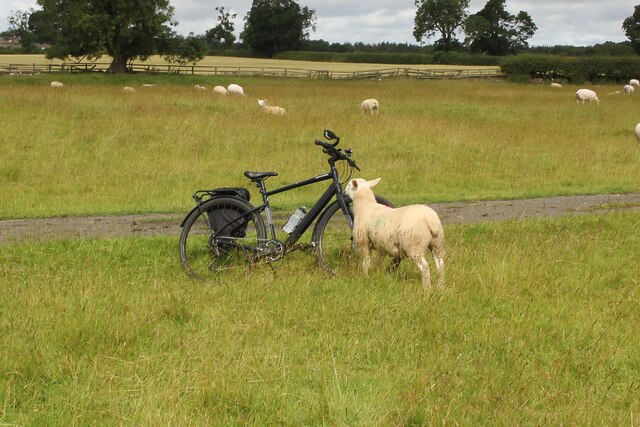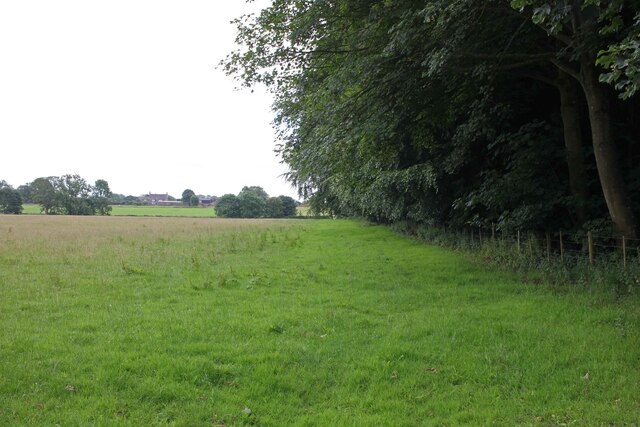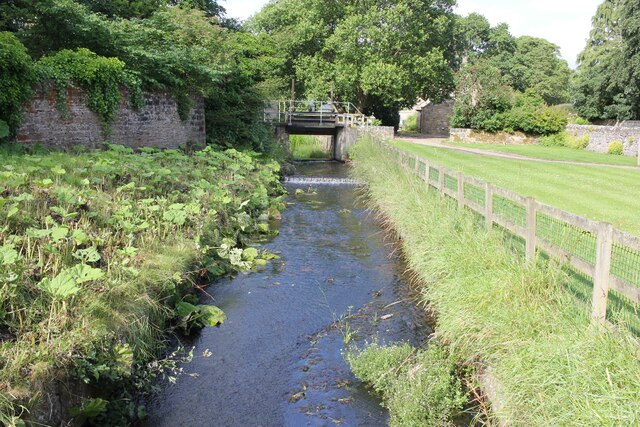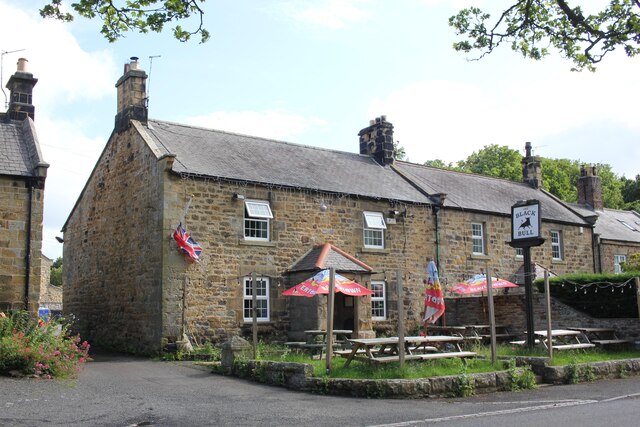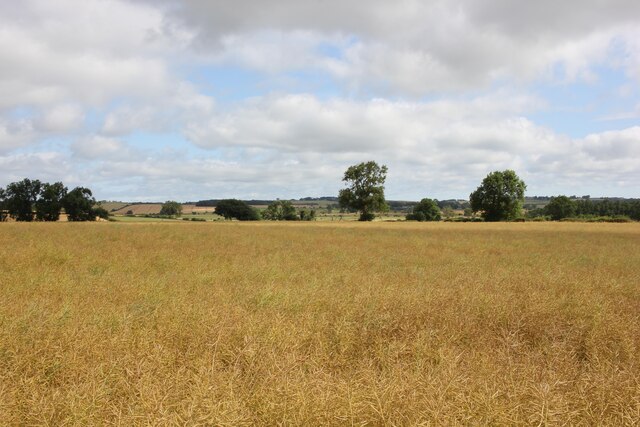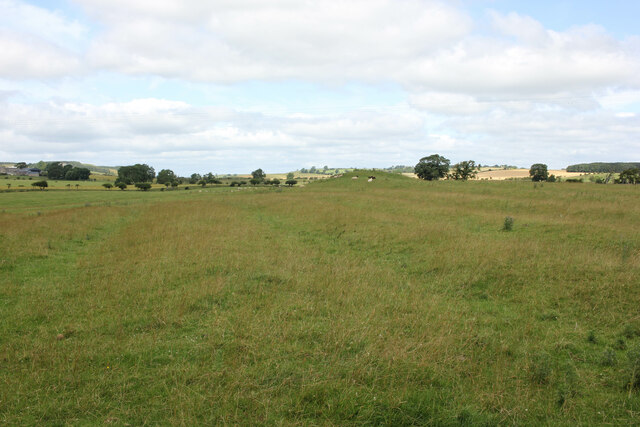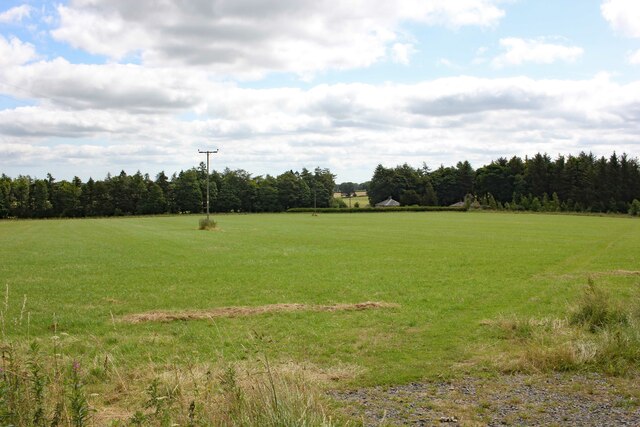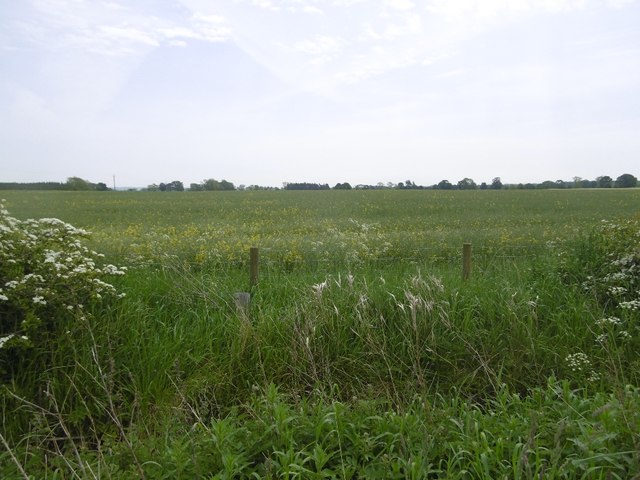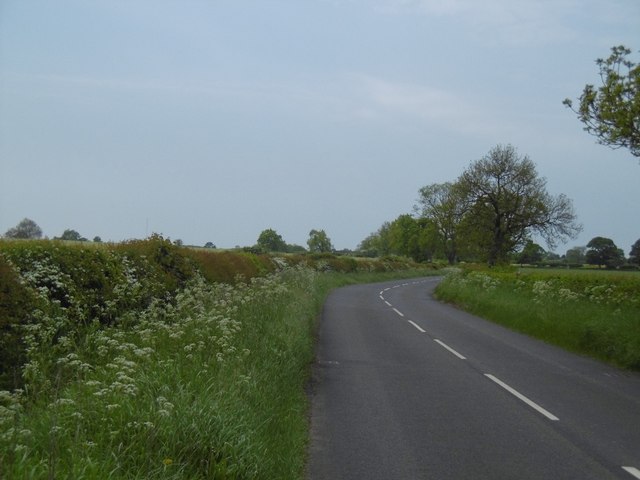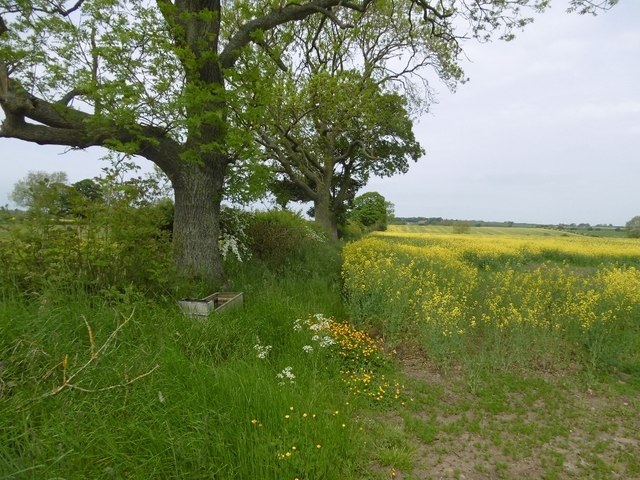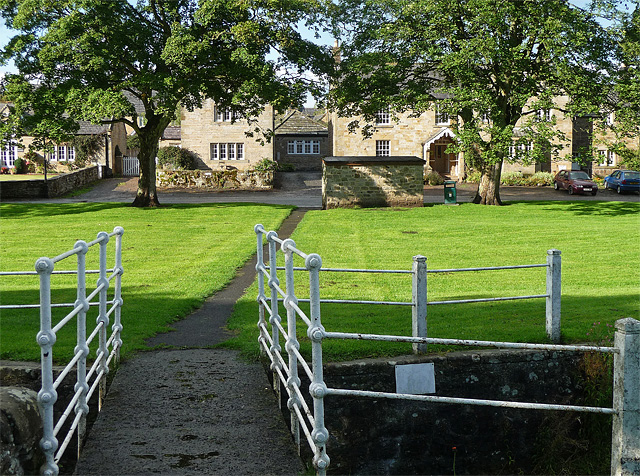Lady's Walk Plantation
Wood, Forest in Northumberland
England
Lady's Walk Plantation
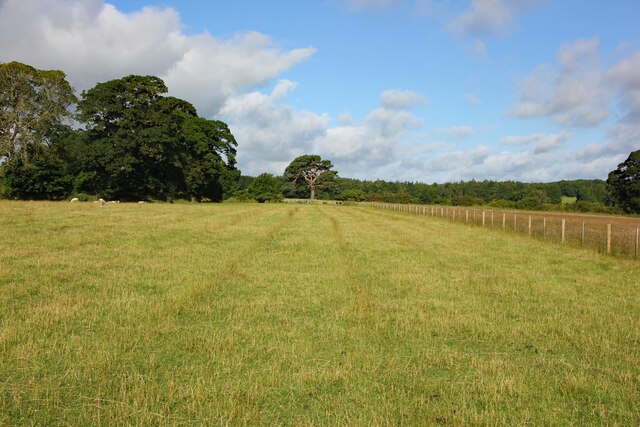
Lady's Walk Plantation is a picturesque woodland located in Northumberland, England. Situated near the village of Wooler, it encompasses an area of approximately 500 acres, making it an ideal destination for nature enthusiasts and outdoor lovers. The plantation is characterized by its dense forest cover, consisting primarily of a variety of deciduous and coniferous trees.
As visitors explore Lady's Walk Plantation, they are greeted by a network of well-maintained paths that wind their way through the lush greenery. These paths provide an opportunity to immerse oneself in the tranquility of the woodland, away from the hustle and bustle of everyday life. The plantation is particularly popular with hikers, dog walkers, and families seeking a peaceful escape in the heart of nature.
The plantation is home to a diverse range of wildlife, including various bird species, squirrels, and rabbits. Birdwatchers can spot species such as woodpeckers, owls, and finches, while animal lovers may catch a glimpse of elusive creatures like deer and foxes. The natural beauty of Lady's Walk Plantation is further enhanced by the presence of a small river that meanders through the woodland, providing a serene atmosphere and an additional habitat for aquatic species.
Lady's Walk Plantation offers more than just a scenic experience. It also boasts several picnic areas, allowing visitors to enjoy a leisurely lunch surrounded by the sights and sounds of nature. Furthermore, the plantation hosts various events throughout the year, including guided walks, nature trails, and educational programs, catering to both adults and children.
Overall, Lady's Walk Plantation is a captivating woodland haven, offering a diverse range of flora and fauna, well-maintained paths, and a myriad of recreational activities. It is a true gem in the Northumberland countryside, providing an unforgettable experience for all who venture within its boundaries.
If you have any feedback on the listing, please let us know in the comments section below.
Lady's Walk Plantation Images
Images are sourced within 2km of 55.03598/-1.9437061 or Grid Reference NZ0371. Thanks to Geograph Open Source API. All images are credited.
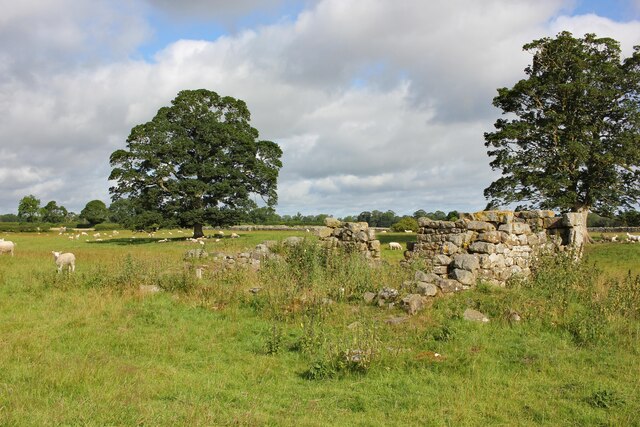
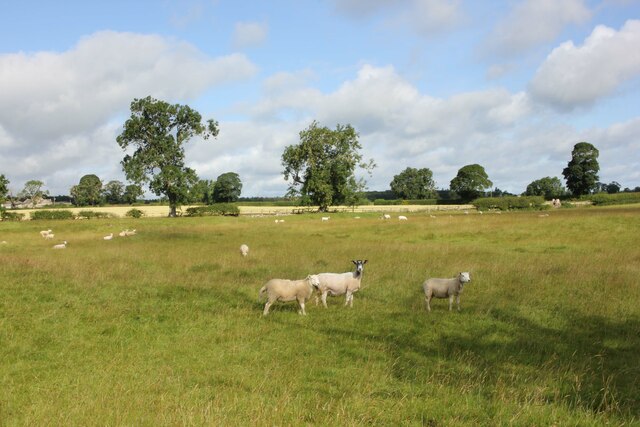
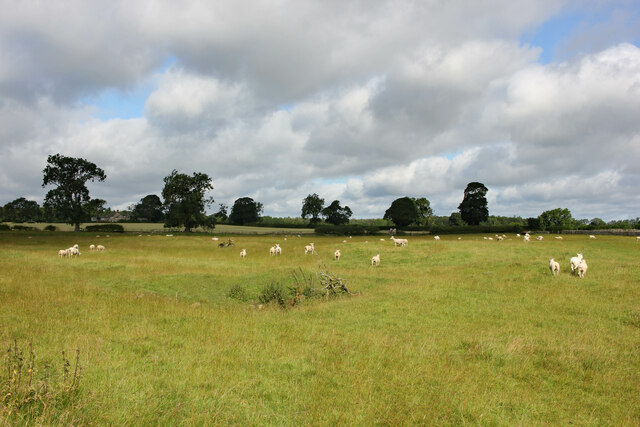
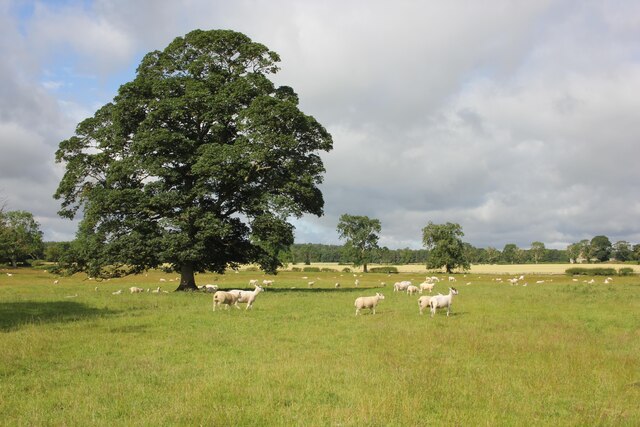
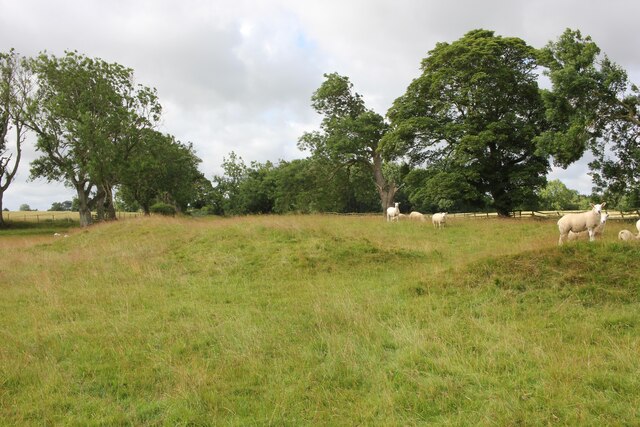
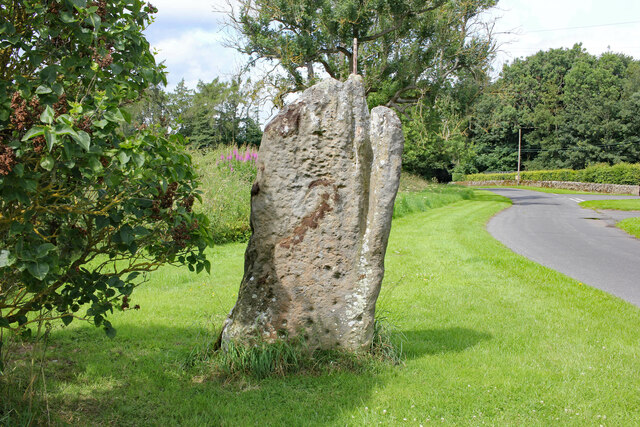
Lady's Walk Plantation is located at Grid Ref: NZ0371 (Lat: 55.03598, Lng: -1.9437061)
Unitary Authority: Northumberland
Police Authority: Northumbria
What 3 Words
///giggle.storyline.commander. Near Corbridge, Northumberland
Nearby Locations
Related Wikis
Matfen Hall
Matfen Hall is a 19th-century country mansion in Matfen, Northumberland, England, the seat of the Blackett baronets and now also a hotel and country golf...
Matfen
Matfen is a village and a civil parish in Northumberland, England, near the town of Hexham and the city of Newcastle upon Tyne. It is an example of a 19th...
Fenwick Tower, Northumberland
Fenwick Tower was a 12th-century tower house at Fenwick, Matfen, Northumberland, England. The house was the home of the Fenwick family from the 12th century...
Milecastle 19
Milecastle 19 (Matfen Piers) was a milecastle of the Roman Hadrian's Wall. Sited just to the east of the hamlet of Matfen Piers, the milecastle is today...
Have you been to Lady's Walk Plantation?
Leave your review of Lady's Walk Plantation below (or comments, questions and feedback).
